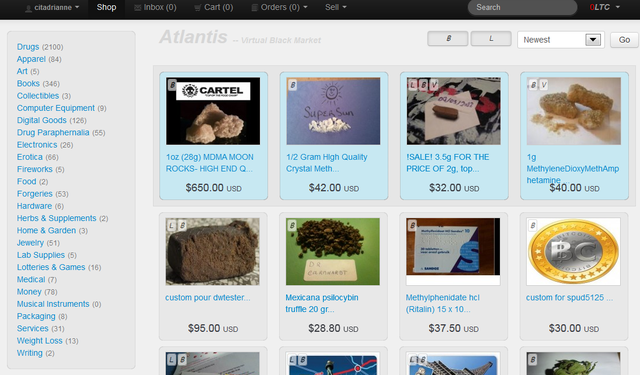Aizawl, Jun 25 : The government of Mizoram has informed the Bru Refugees lodging in six camps in Tripura to prepare for repatriation to Mizoram.
Joint Secretary of Mizoram Home Department, Lalbiak-zama and Vikash Singh, SDO of Kanchanpur, had visited all the refugee camps in Tripura on Thursday and Friday last week during which they had conveyed the information to the Bru leaders in the refugee camps regarding the repatriation.
The officials of Mizoram and Tripura governments also informed the refugees that they are to initiate self repatriation as early as possible, and that the Government will pay Rehabilitation Grant to the tune of Rs.80, 000 for each family besides free ration for one year in addition to reimbursement of their transportation charges.
The officials also informed that as done in the earlier process of repatriation, facilitation centres-cum-transit camps will be set up at Kanhmun and Zomuantlang where identity verification shall be done, adding that only genuine residents of Mizoram will be repatriated to their respective villages.
During the joint visit to the refugee camps, Joint Secretary Lalbiakzama was accompanied by the OSD in the Home Department, David Lalthangliana and SDC of Mamit, Abraham, who, together, also met the Deputy Commissioner of North Tripura District and the District SP at the IB in Kanchanpur.
Meanwhile, the president of Mizoram Bru Displaced People Forum, A.Sawibunga had reportedly said that the message conveyed to the Bru refugee leaders will be discussed at a convenient time by arranging public meetings for all the six refugee camps and the decision taken in the meeting thereby will be conveyed to the governments of Tripura and Mizoram. A.Sawibunga has conveyed the opinion of the Bru refugees to the officials that the Rehabilitation Grant of Rs.80,000 and free ration for a year are insufficient in view of escalating prices and the present off season for jhuming.
He further said that many refugees will need land for their settlement as their villages and lands have been owned and occupied by some other persons.
The process of repatriation was temporarily stalled by officials of Tripura Government following tension in the border area in the aftermath of the death of Siberamriang. But now, the situation has improved with reopening of Langkaih Bridge which connects Mizoram and Tripura.
On May 7, in the wake of the move to resume the repatriation of the Bru refugees, Mizo Zirlai Pawl (MZP),the largest students’ body of Mizoram had asked the state government of Mizoram not to resume the repatriation process of Bru refugees from Tripura camp to Mizoram unless the refugees inform the government in writing that they were willing to come back to Mizoram.
The MZP leaders had said that the Bru people did not want to return to Mizoram when they were given chances five times by the Centre and the government of Mizoram as they left Mizoram for Tripura on their own volition.
The MZP also expressed concern over the increasing law and order problem in the border area including kidnapping of Mizos by the Brus for ransom.
It is pertinent to note that hundreds of Brus left Mizoram in 1997 and 2009. The first case was triggered when Bru militants murdered two Mizos who were forest guards on October 21, 1997. The second case happened after a 17-year-old Mizo boy was killed by the Brus near Bungthuam village on November 13, 2009. When the Bru left Mizoram they had driven out some Mizos in villages of Sakhan Hill Range in Tripura like Sakhan Serhmun, Sakhan Tlangsang, Sakhan Tualsen and Upper Dosda which had kicked up much ruckus in Mizoram then.
Meanwhile, a couple of years ago, head count conducted by the MBDPF found that there had been 31,703 Brus in the relief camps belonging to 5,448 families who were bona fide residents of Mizoram.
The repatriation of the 1997 batch of Bru refugees was underway until it stalled by the November 13 killing.
In the year 2011, conglomeration of major NGOs in Mizoram had submitted a joint memorandum to the then Union Home minister P Chidambaram to rehabilitate displaced
Mizos in Tripura and stall the ongoing repatriation of Brus from Tripura to Mizoram. The memorandum was signed by representatives of four large NGOs in the state--the Young Mizo Association (YMA), the MZP, the Mizoram Upa Pawl (MUP) or elders association and the Mizo Hmeichhe Insuihkhawm Pawl (MHIP) or the women's federation and four political parties.
The memorandum had mentioned that more than 80 Mizo families displaced from Tripura's Sakhan Hill range in 1998 after being threatened by Bru militants should be adequately rehabilitated by the Centre, otherwise, the repatriation of Bru refugees from Tripura relief camps should not be allowed.

















